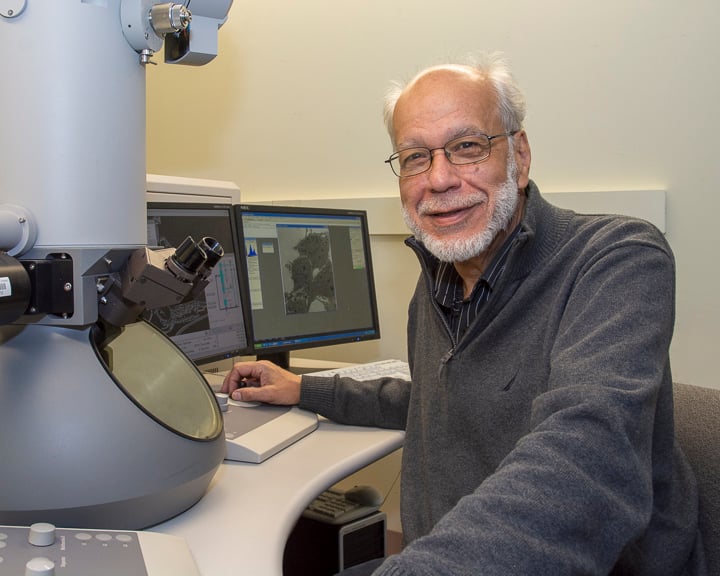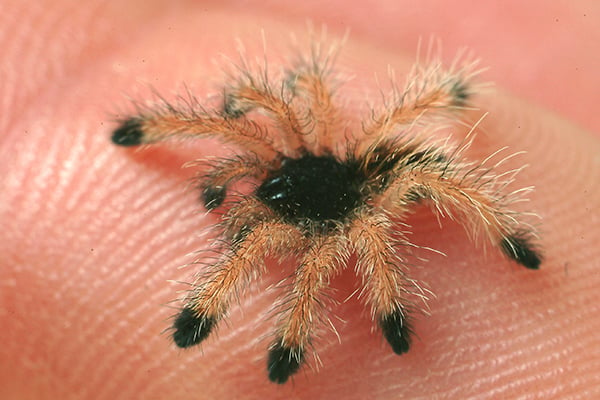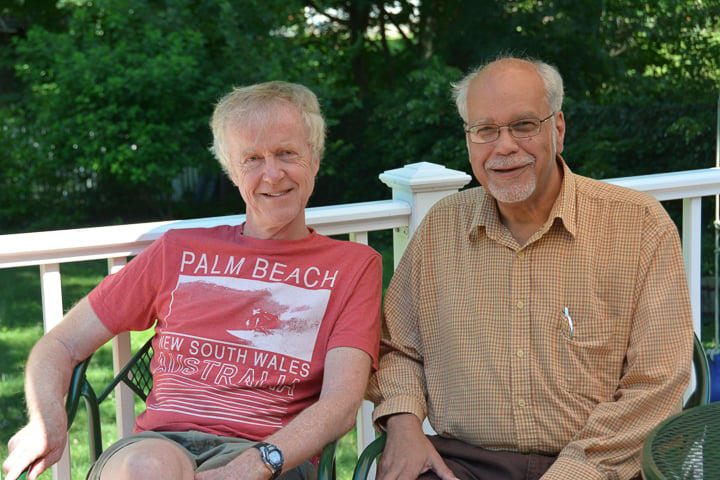Raúl Padrón Elected to National Academy of Sciences
 Raúl Padrón, EE, MSc, PhD, Senior Research Scientist in Radiology, has been elected to the National Academy of Sciences as a foreign associate and will be honored at the 156th Annual Meeting, April 27-30, 2019 in Washington, DC. Membership is achieved by election with formal nominations submitted by Academy members. According to the NAS website “Members are elected to the National Academy of Sciences in recognition of their distinguished and continuing achievements in original research. Membership is a widely accepted mark of excellence in science and is considered one of the highest honors that a scientist can receive.”
Raúl Padrón, EE, MSc, PhD, Senior Research Scientist in Radiology, has been elected to the National Academy of Sciences as a foreign associate and will be honored at the 156th Annual Meeting, April 27-30, 2019 in Washington, DC. Membership is achieved by election with formal nominations submitted by Academy members. According to the NAS website “Members are elected to the National Academy of Sciences in recognition of their distinguished and continuing achievements in original research. Membership is a widely accepted mark of excellence in science and is considered one of the highest honors that a scientist can receive.”
The honor will take place during the NAS Presentation Ceremony on Saturday April 27. During the presentation a short citation will be read stating “Padrón’s research revealed why cardiac patients experience increased energy requirements and impaired relaxation that can cause arrhythmias and heart failure.” On the presentation screen the text will state “Padrón used cryo-electron microscopy and other techniques to demonstrate that hypertrophic cardiomyopathy mutations disrupt the protein interactions that control ATP hydrolysis rates during muscle relaxation.” The presentation can be viewed live online and later on the NAS website. There are currently six National Academy of Sciences members at UMMS. Raúl Padrón is the only foreign associate.
Padrón graduated from the Universidad Central de Venezuela with a degree in Electrical Engineering and from the Venezuelan Institute for Scientific Research with a M. Sc. in Biology and a summa cum laude Ph.D. in Biophysics and Physiology in 1979. He was a postdoctoral fellow in muscle structure and function at the MRC Laboratory of Molecular Biology (Cambridge, U.K.) in 1980 and joined the Venezuelan Institute for Scientific Research in 1983, where he founded the Center of Structural Biology. He was an International Research Scholar of the Howard Hughes Medical Institute (HHMI) from 1997 until 2011, and was elected as a member of the Latin American Academy of Sciences (ACAL) in 2002 and the World Academy of Sciences (TWAS) in 2004.
 Research Interests
Research Interests
Padrón is interested in the structure and function of myosin thick filaments of skeletal, cardiac and smooth muscle. Specifically in the myosin interacting-head motif (IHM) structure and function and their implications on how muscle thick filaments relax, super-relax and become activated, and its consequences on the molecular pathogenesis of human muscle diseases like hypertrophic and dilated cardiomyopathy.
Collaboration
UMass Chan Professor Roger Craig, PhD and Raúl Padrón starting collaborating in 1980 when they were postdoctoral fellows at the MRC Laboratory of Molecular Biology in Cambridge, UK. The project was to solve the structure of muscle thick filaments, and they started with the muscles of tarantula legs. They have been collaborating ever since. The most notable outcome of their collaboration was the myosin interacting-heads motif of tarantula muscle, which they and their collaborators found by cryo-electron microscopy of tarantula thick filaments, published in Nature in 2005. Now in 2019 they are continuing their long-term collaboration aiming to solve the atomic structure of the myosin interacting-heads motif by single-particle cryoEM at the UMMS CryoEM Facility.
Family Left Venezuela
Dr. Padrón states “All my complete family left Venezuela due to the crisis caused by the difficult situation happening there. My wife Beulah and I live very close to the UMass Medical School, where I walk every day. She is a scientist and will accompany me to the NAS ceremony. Our family is now in different parts of the world: our two daughters, Melissa and Loreana, live in Houston and London (UK); and our two sons, Juan Raúl and Charles, live in Munich (Germany) and Miami.”
“I would like to express my gratitude to the UMass Medical School for the opportunity to continue doing science here and to serve in this great scientific community!”
Raúl Padrón





